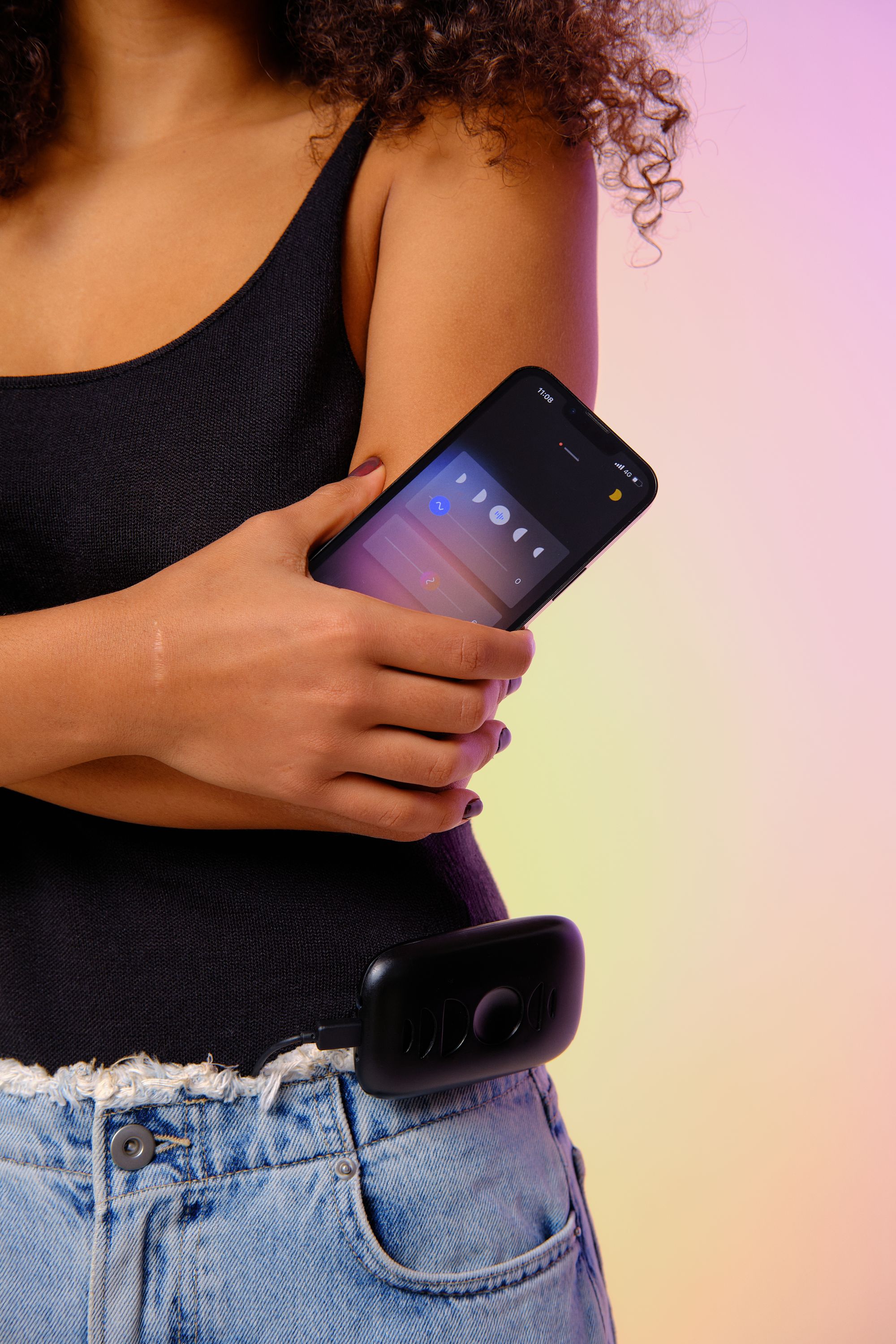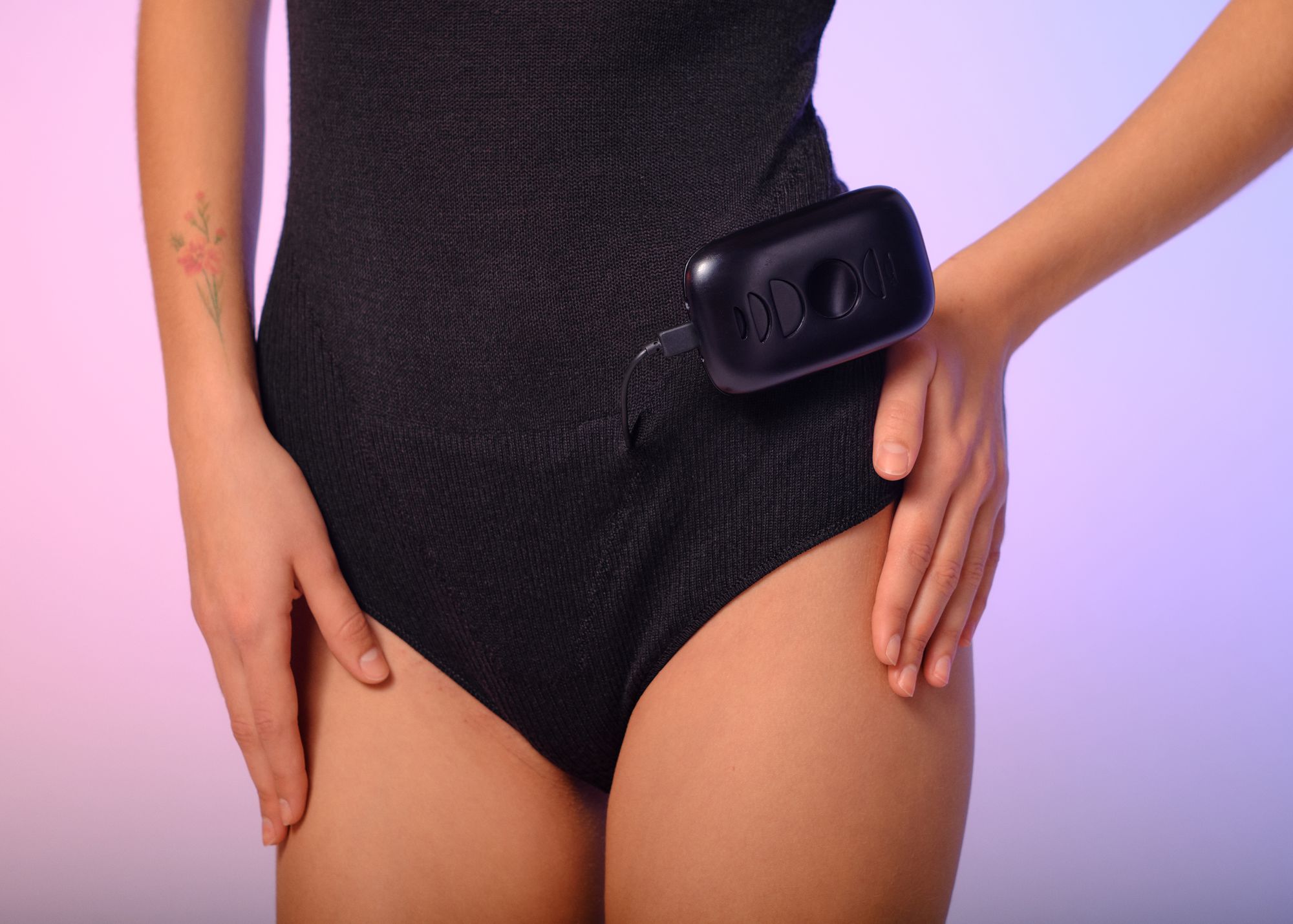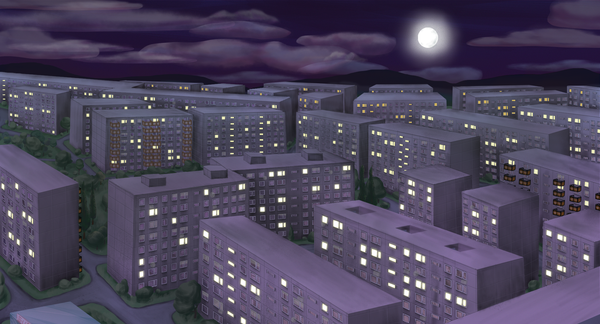More than a quarter of the world’s population menstruates, but the topic is still partly taboo in 2023—there are cultures that segregate menstruating women, and even in the developed world, it is not easy to bring up the subject without someone blushing. However, menstruation and the pain that comes with it are very real issues that the masses struggle with—and the Hungarian-developed ARTEMIS, which is already predicted to make life much easier for many, is a solution.
ARTEMIS was created to significantly reduce the often unbearable pain associated with menstruation, and it does so by combining three different devices: two wearable (and fashionable) bodies with clinically proven integrated technology, a detachable device, and a mobile app.
The body, perhaps the most exciting component of ARTEMIS, is an otherwise ordinary-looking garment that is not ordinary at all—it incorporates two pain-relieving technologies, a custom-developed thermal panel, and micro-absorbent surface, is washable and, as a basic item, can be integrated into any style of wardrobe. The second accessory of ARTEMIS is a tiny device that can be attached and detached from the garment and contains the power source and Bluetooth technology. The third component is the ARTEMIS phone app, through which the user can control the body’s functions. “For personalized pain management, the heat function can be selected on an intensity scale of 10, while for micro-vibrations, we have developed 5 types of waves that can also be controlled. We have also integrated a number of other features into the app, such as data logging to objectively measure menstrual pain, to help with research on women’s health,” ARTEMIS creators Anna Zsófia Kormos and Dóra Pelczer explained.


The product developers plan to launch ARTEMIS as early as the second quarter of 2023, with the European Union and the UK as the first markets, and the US and Asian regions to follow.
We also asked Zsófi and Dóra about the inspiration they drew from on the bumpy road to developing a new, rather exciting, gap-filling, and complex product. Zsófi spoke about the inspirational power of her own involvement, sharing that she had been struggling with excruciating menstrual pain since she was young and that most of the methods and literature she had come across had failed to provide an adequate solution. After several years of professional experience in the design and fashion industry, she started her Ph.D. research on wearable technology and smart textiles. The initial results of this research led her in the direction that resulted in the development of ARTEMIS’ basic concept. The design expertise was eventually used to develop a garment into which a clinically proven technology could be integrated.
Dóra was approached by Zsófi to help organize the research exhibition and fundraiser for the event, which addressed people struggling with menstrual poverty. This is when she was introduced to the femtech market focusing on the problem, whose mission, approach to customers, design, and business is very new, exciting, innovative, and inspiring.
Prior to developing ARTEMIS, the creators interviewed 400 women to map women’s menstrual experiences as thoroughly as possible and to ensure that the product solved the problems they were experiencing. “All our subjects experienced pain relief within the first 15 minutes, and 40% even felt the benefits for other symptoms such as bloating or thigh pain,” the product developers shared.


ARTEMIS did not only entail the inevitable risks of launching a start-up, but also the challenge of tackling a topic that is definitely stigmatized and often neglected. Zsófi and Dóra also revealed that the product development was also driven by a kind of sensitization to break down the taboo surrounding menstruation and female pain.
“When designing and developing the concept, our primary focus was to combine technology, science, and fashion to help reduce the physical pain of menstruation, as well as the mental pain it inflicts on both an individual and social level. Our aim is to improve the experience and perception of menstruation. We believe that everyone deserves to live pain-free, and our vision is to provide more choices and more effective solutions for millions suffering from menstrual cramps, without side effects. Beyond the product, we want to fight menstrual poverty through educational content and planned profit. Our ambition is to participate in the modernization of sex education in Hungarian schools,” the designers explained.
The development also raised the question of what other aspects were prioritized by the creators during the ARTEMIS development process. “After our research, it became clear that creating a product that would not only provide a band-aid solution to menstrual cramps was indispensable. We found the solution by combining science, technology, and fashion. Thanks to science, it provides immediate and effective pain relief without side effects. Thanks to the technology, the app has given us a customizable, changeable product that users develop no tolerance to. ARTEMIS is the first product on the market that quantifies pain levels, helps us understand the body, and we hope will help with medical diagnosis and research. Finally, our wearable technology solution offers an extremely comfortable experience thanks to its fashion tools,” they highlighted the most important criteria.
ARTEMIS will therefore not only help those concerned with the physical aspects of menstruation but will also contribute to further research, understanding of women’s bodies, and breaking taboos around menstruation and women’s pain—and that is more than gap-filling.
ARTEMIS | Web | Facebook | Instagram
Photos: Márton Martos

Riga’s 135-year-old circus reopens

The 15th Budapest Architecture Film Festival starts this week!










